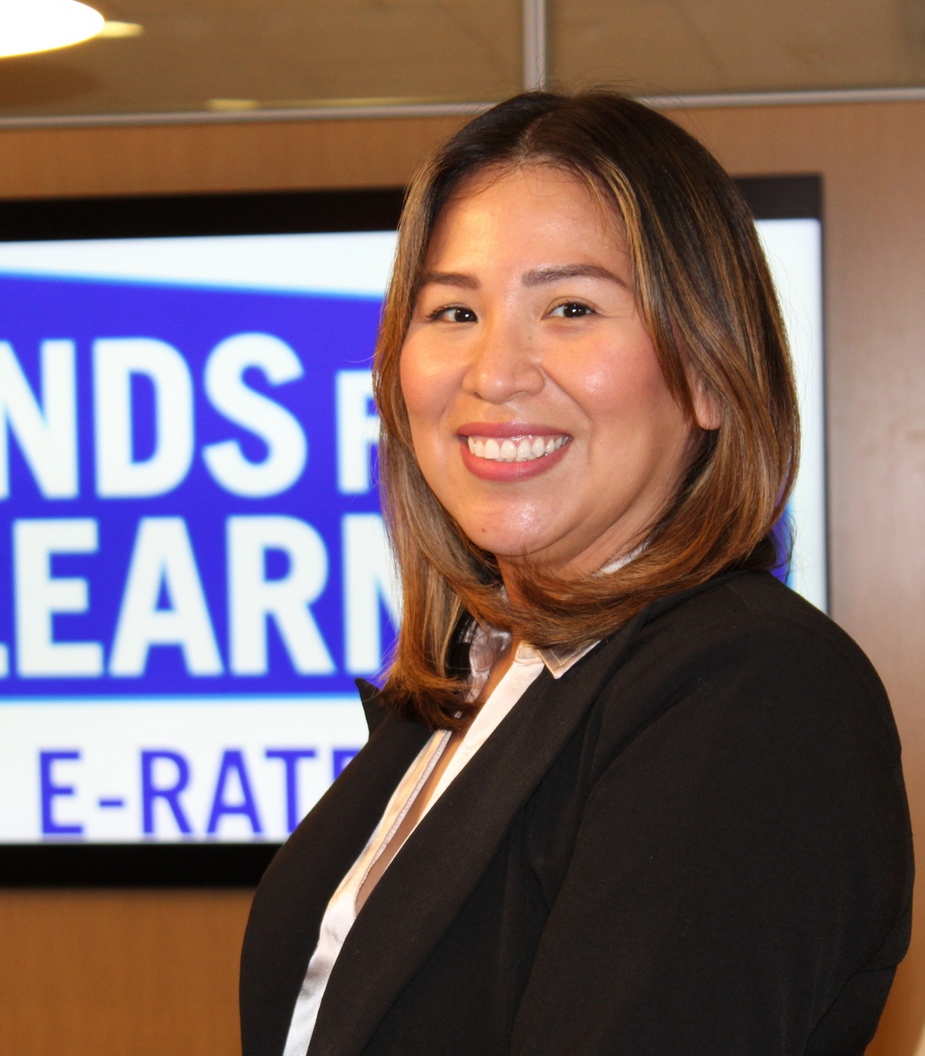This month, I had the privilege of attending the Association of Tribal Archives, Libraries, and Museums (ATALM) Annual Conference in Cherokee, North Carolina, a gathering that brought together hundreds of tribal leaders, archivists, librarians, museum professionals, and knowledge keepers from across the country.
Attending the ATALM Conference in Cherokee for the first time was an experience that left a deep and lasting impression. The gathering was both inspiring and grounding, offering a rare space where community, culture, and professional practice come together. Throughout the conference, participants shared stories, strategies, and solutions that not only celebrated Indigenous resilience but also advanced our collective efforts to preserve and strengthen cultural heritage for generations to come.
One of the most meaningful moments of the conference came during the session “Building Healing Through Archives: Lessons from the Center for Sand Creek Massacre Studies.” As a member of the Cheyenne and Arapaho Tribes, the presentation held deep personal significance as it centered on an event that forever shaped the lives of my ancestors and our tribal community. Listening to the presenters share that painful yet vital history brought a profound sense of connection and healing. After the session, I had the opportunity to speak with the presenters, and through those conversations, we discovered a familial connection. That realization transformed the experience from a professional exchange into a personal reconnection with members of my own tribe who continue to preserve and share this history. The session reminded me that our history is not something distant, it lives within us, our families, and the stories we continue to tell. It became a powerful moment of remembrance and reaffirmation of the importance of truth-telling in our collective work.
Another powerful takeaway was learning more about the essential role tribal libraries play in strengthening literacy and lifelong learning across Native communities. These libraries serve as far more than repositories of books, they are vibrant community hubs that provide access to language revitalization programs, early childhood literacy initiatives, and digital literacy resources. Many are leading innovative efforts to close literacy gaps by blending traditional storytelling with contemporary education methods, ensuring that learning remains both culturally grounded and future focused.
This message deeply resonated with my work at Funds For Learning, where we help schools and libraries, including many tribal institutions, access affordable broadband and technology through the E-rate Program. Reliable internet access is more than a convenience, it is a lifeline that connects communities to knowledge, opportunity, and one another. When paired with access to books and culturally relevant learning materials, technology becomes a powerful tool for advancing literacy and empowering the next generation of Native students. Seeing the impact of tribal libraries firsthand reaffirmed that bridging the digital divide goes beyond connectivity, as it helps to preserve language, strengthen culture, and create pathways for lifelong learning.
Beyond the sessions, ATALM fostered a deep sense of community and mentorship. Whether in hallway conversations, shared meals, or collaborative workshops, the spirit of mutual learning and support was everywhere. The gathering reminded me that our collective work, whether in archives, libraries, or museums, is interconnected and strengthened by collaboration.
As I left Cherokee, I carried with me a renewed sense of motivation and gratitude. The ATALM community continues to model what it means to approach cultural stewardship with integrity, innovation, and heart. I’m thankful for the knowledge shared, the relationships built, and the reaffirmation that our collective efforts truly make a difference.


